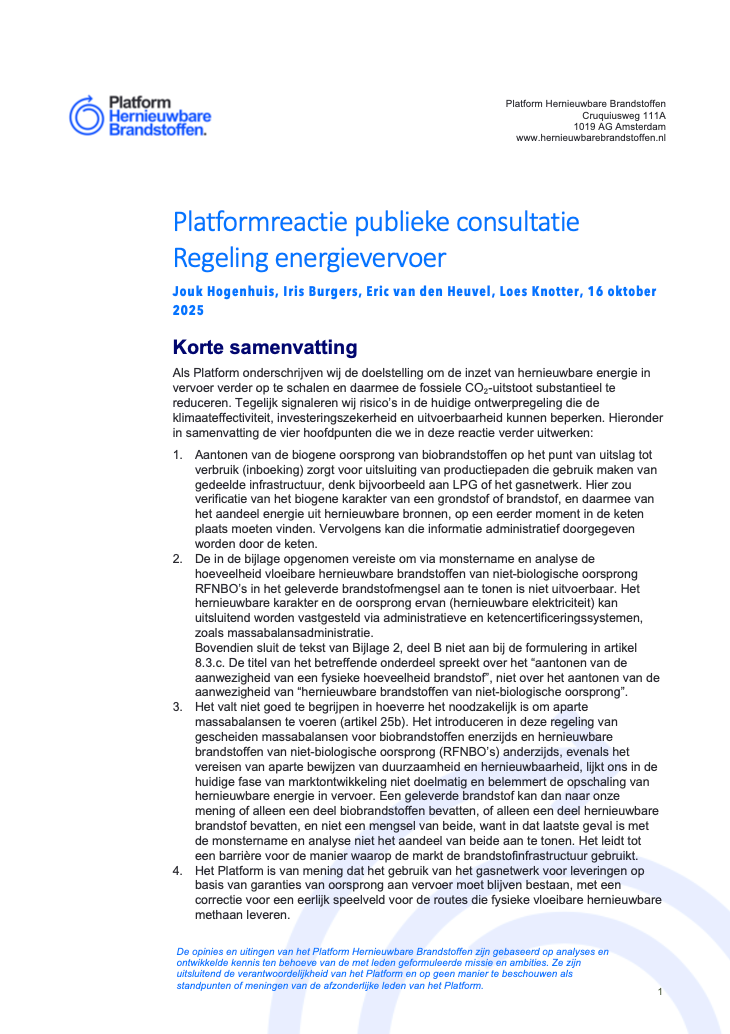IEA: Towards Common Criteria for Sustainable Fuels | 2024

IEA published a report titled “Towards Common Criteria for Sustainable Fuels” in which they explore the feasibility and implications of setting up common criteria to enable fair comparisons of sustainable fuels. Sustainable fuels play a crucial role in the clean energy transition especially as a complementary measure in the sectors for which emissions are hard to abate. In the Net Zero Emissions (NZE) by 2050 scenario developed by IEA, the demand for low-emissions fuels such as liquid biofuels, biogases, hydrogen and hydrogen-basedfuel need to double from their current level by 2030 and double again by 2050.
Nevertheless,none of the main sustainable fuel options are currently on track for a net zero pathway. There are potentially hundreds of pathways that are available for producing fuels. Currently, biofuels are the most developed and cost-effective alternative to fossil fuels. However, substantial efforts are needed to expand and diversify sustainable supplies of biomass feedstock, commercialise new processing technologies and harmonise sustainability frameworks to address concerns related to large scale deployment.
Scaling up these sustainable fuels largely depends on achieving a common understanding of what makes a fuel sustainable. An international consensus is needed on the terminology used to classify these fossil alternatives and ensure that there isconsistency. This report, produced in support of Brazil’s G20 Presidency, explores the feasibility of implementing such common criteria for fair comparison of sustainable fuels by mapping the differences and similarities among standards, regulation and certifications. In addition, typical carbon intensities and improvements potential of several fuel production pathways are reviewed.
Establishing supply chain greenhouse gas (GHG) intensity for sustainable fuels makes for a robust basis for a fair and transparent comparison. Many standards and regulations are currently existing and have commonalities but also important differences. There is an understanding that GHG intensity results may vary depending on regional differences and methodological choices. However, for a consistent comparison across fuels, calculating the supply chain GHG intensity should be calculated at the points and delivery and include complete oxidation of the fuel. Minimum requirements for emissions reduction compared to unabated fossil fuels can be set by establishing a GHG intensity threshold (set low enough) to trigger ambitious emission reduction. In addition, GHG intensity should be expanded to include broader aspects that are non-GHG related such as food and water security, biodiversity and other socioeconomic factors.
Accordingto the report, policies should reward better GHG performance and drive continuous improvement over time. Measure to improve GHG performance of fuels can already be applied today. However, more incentives are needed to cover the additional costs. IEA proposes a tiered GHG labelling system for fuels which would allow to define minimum requirements while identifying and reward better performance.
Lastly, establishing common policies and international collaboration will be key to attract investments. The lack of unified policies deter investment and ultimately slows down the energy transition. Enhanced stakeholder engagement and international cooperation play an important role in increasing the consensus on criteria for sustainable fuels.
Find the full report by downloading it here.

 Download hereVisit Website
Download hereVisit WebsiteRecente artikelen
Retrospective on workshop: digital trust and POME-biofuel supply chains | 2025
Platformreactie publieke consultatie Regeling energievervoer

